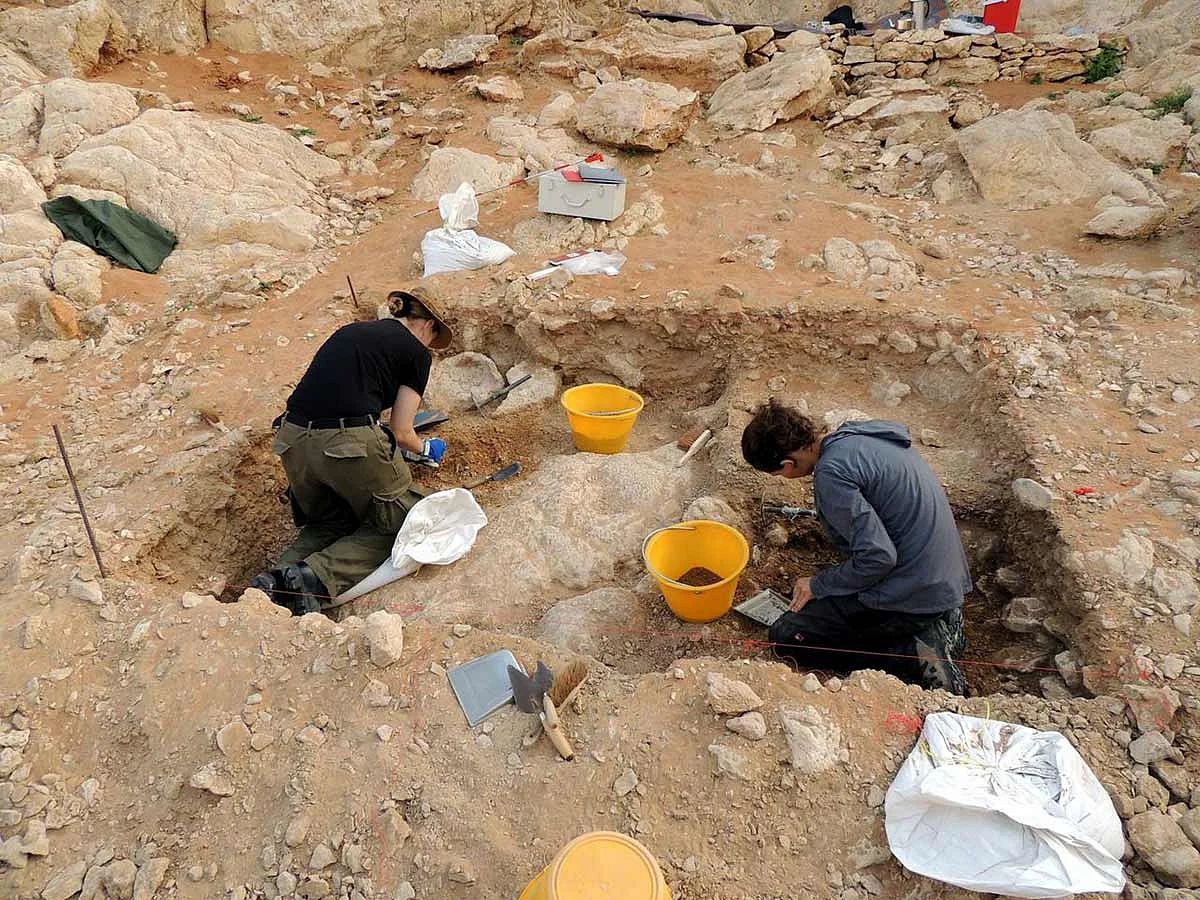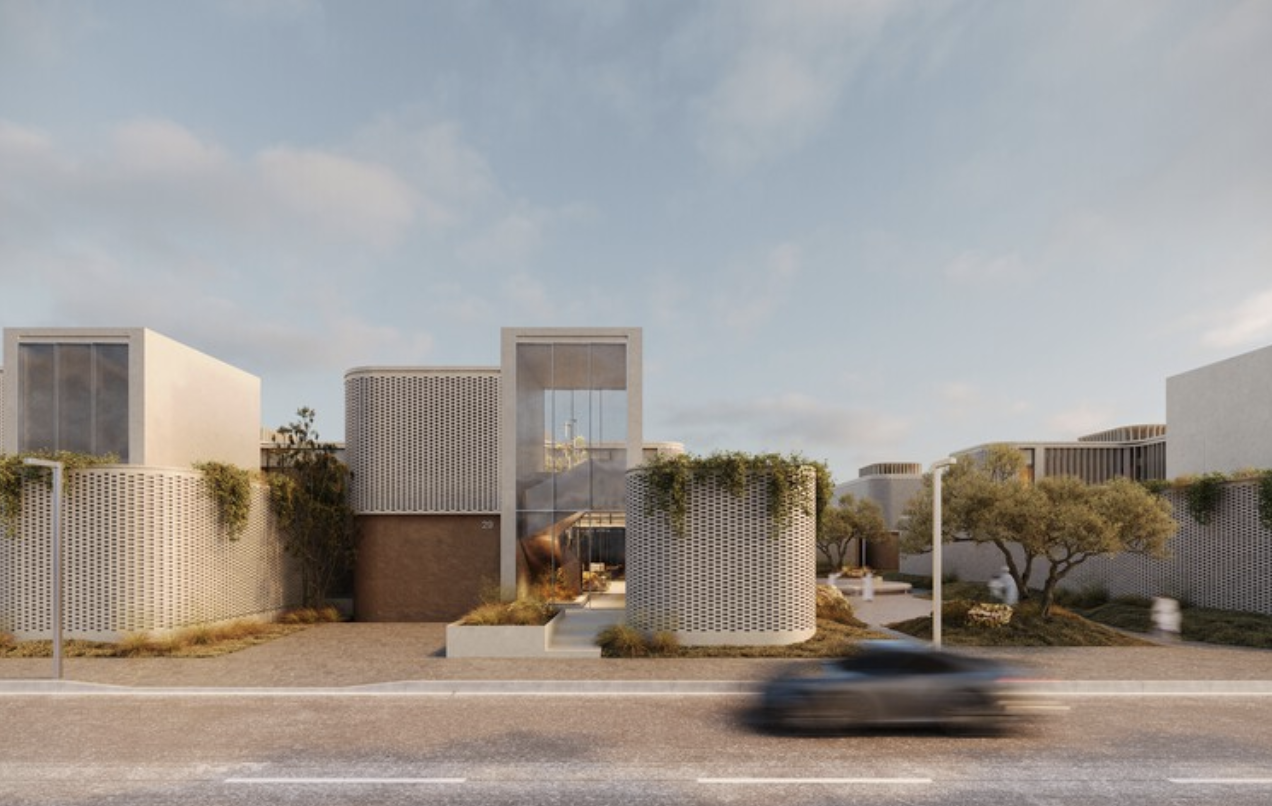In a significant moment for the UAE’s cultural and archaeological landscape, the Faya Palaeolandscape in Sharjah has been officially inscribed as a UNESCO World Heritage Site. Located near the Mleiha region in the central part of the emirate, this ancient landform is now globally recognized for its exceptional evidence of early human settlement, marking Sharjah as one of the oldest known inhabited areas in Arabia.
The announcement, which arrived after years of sustained research, excavation, and preservation efforts, positions the site as not only a historical treasure but a new focal point in the narrative of the UAE’s identity. Sharjah, long regarded as the cultural capital of the country, has reaffirmed its status with this recognition, and is now preparing for a surge in both global academic interest and cultural tourism.
The Faya Palaeolandscape spans desert escarpments, fossil-bearing hills, and subterranean caves that have preserved archaeological material for more than 125,000 years. Artefacts found in the area—such as stone tools and fire pits—suggest some of the earliest known migration patterns of Homo sapiens out of Africa. This historical depth places Sharjah in direct conversation with global sites like Olduvai Gorge in Tanzania and the Negev Desert in Israel.

But beyond its scientific value, the site also carries a deeply poetic resonance. The very landscapes that once hosted early human resilience water springs, high plateaus, and shade-giving ridges are today central to discussions about sustainability, climate adaptation, and ecological balance in desert environments.
Following its UNESCO designation, Sharjah’s authorities are launching new initiatives aimed at enhancing visitor access while ensuring preservation. Plans include a visitor center modeled after traditional desert fortresses, immersive augmented reality experiences, and night-time star-gazing programs that link astronomy with ancient navigation routes. Educational outreach is also expanding, with partnerships being developed with schools and universities to include the site in regional curricula.
Preservation remains central to the conversation. With Sharjah’s rapid urban expansion, balancing development with conservation is no small feat. However, the emirate’s planning authorities have committed to maintaining a protective buffer zone around the Faya region to guard against encroachment, pollution, or infrastructure pressure.
For residents and tourists alike, the Faya Palaeo landscape offers more than a look back it offers a look inward. It asks what it means to exist in a place layered with memory, migration, and survival. In a region known for forward momentum, this designation invites reflection: that the future of the UAE’s cities and communities will be strongest when rooted in stories as old as the earth itself.





